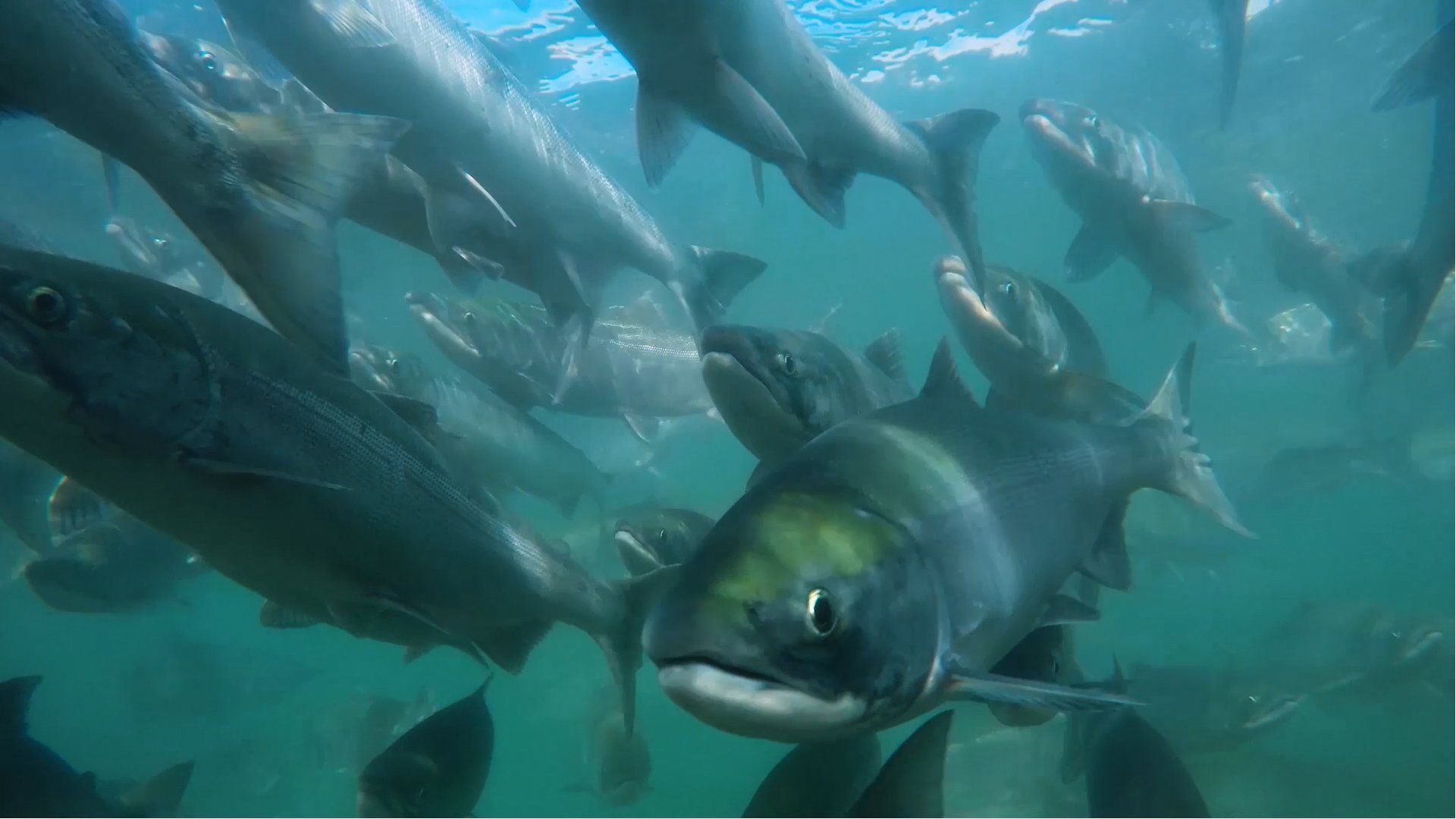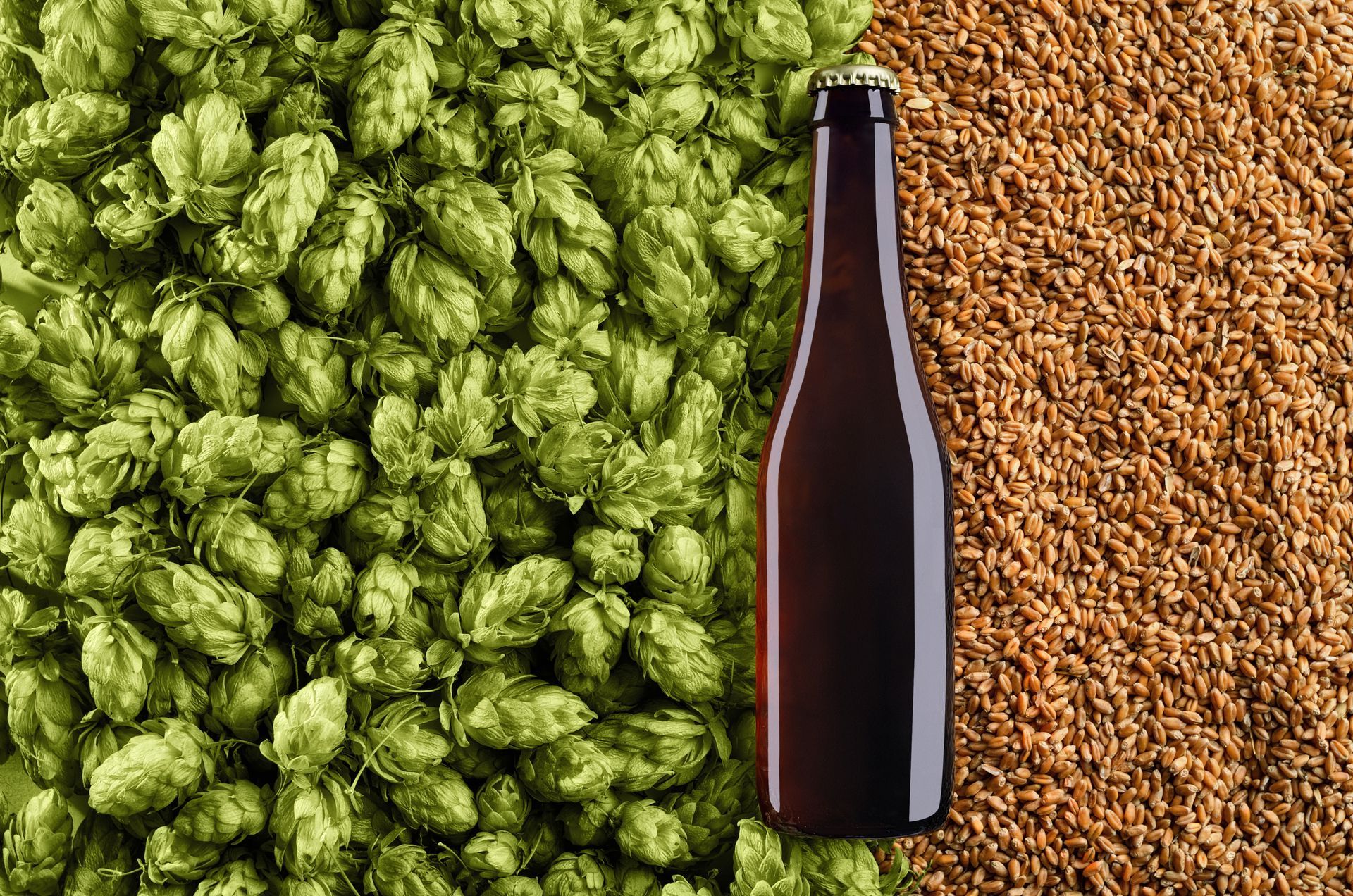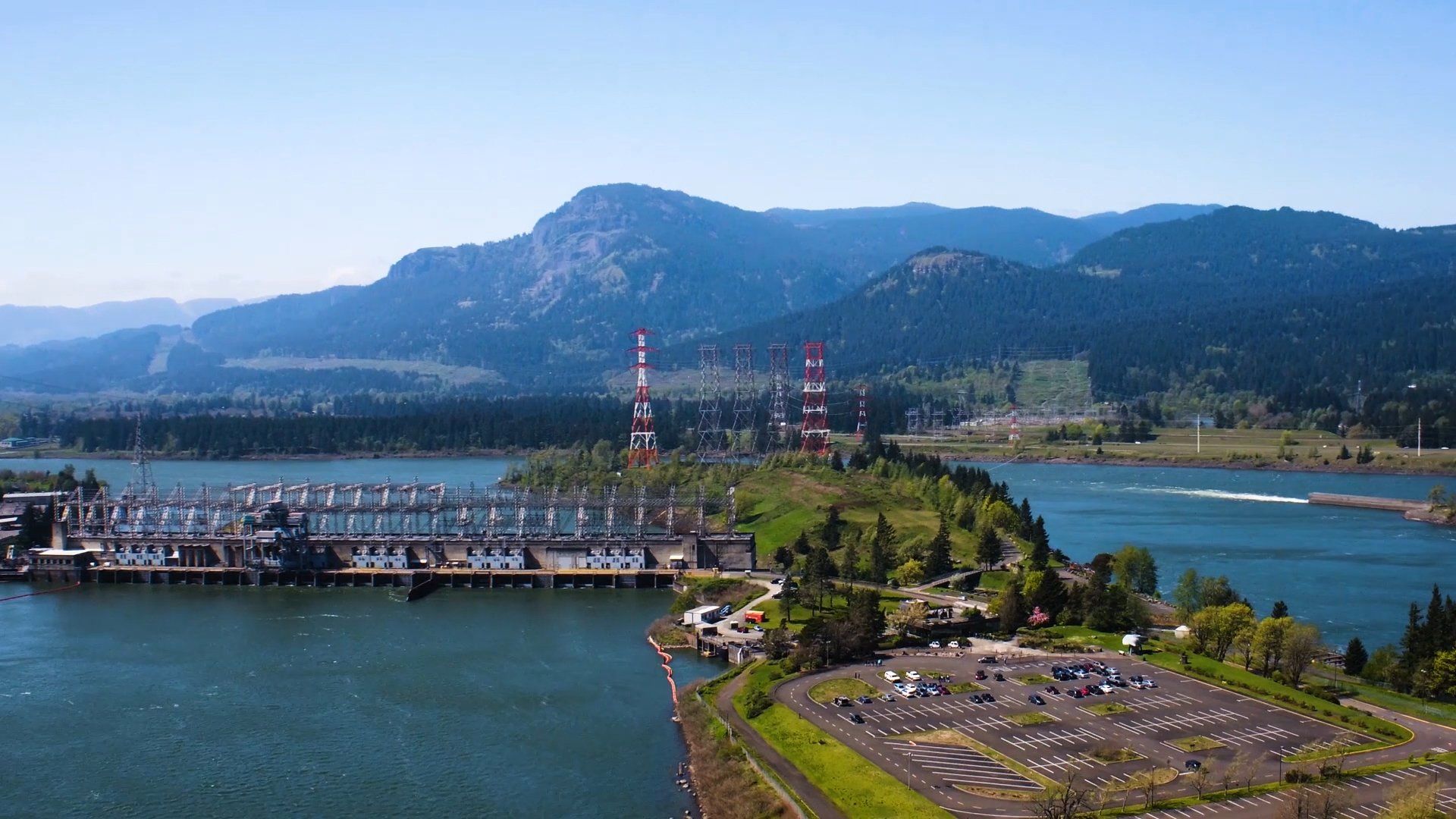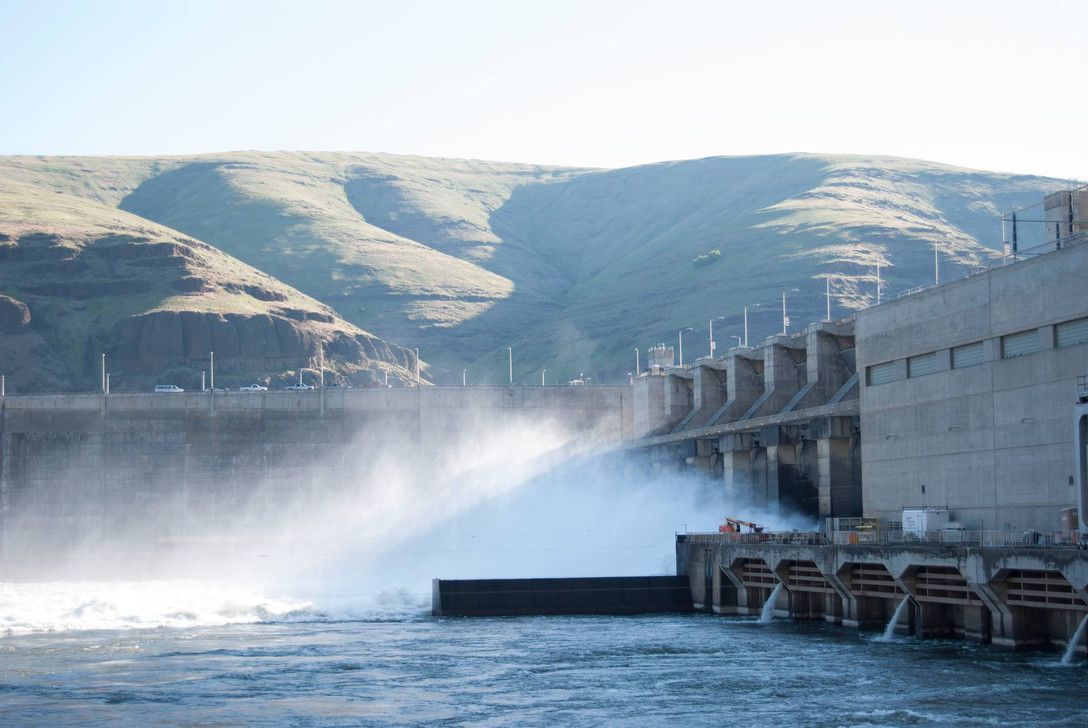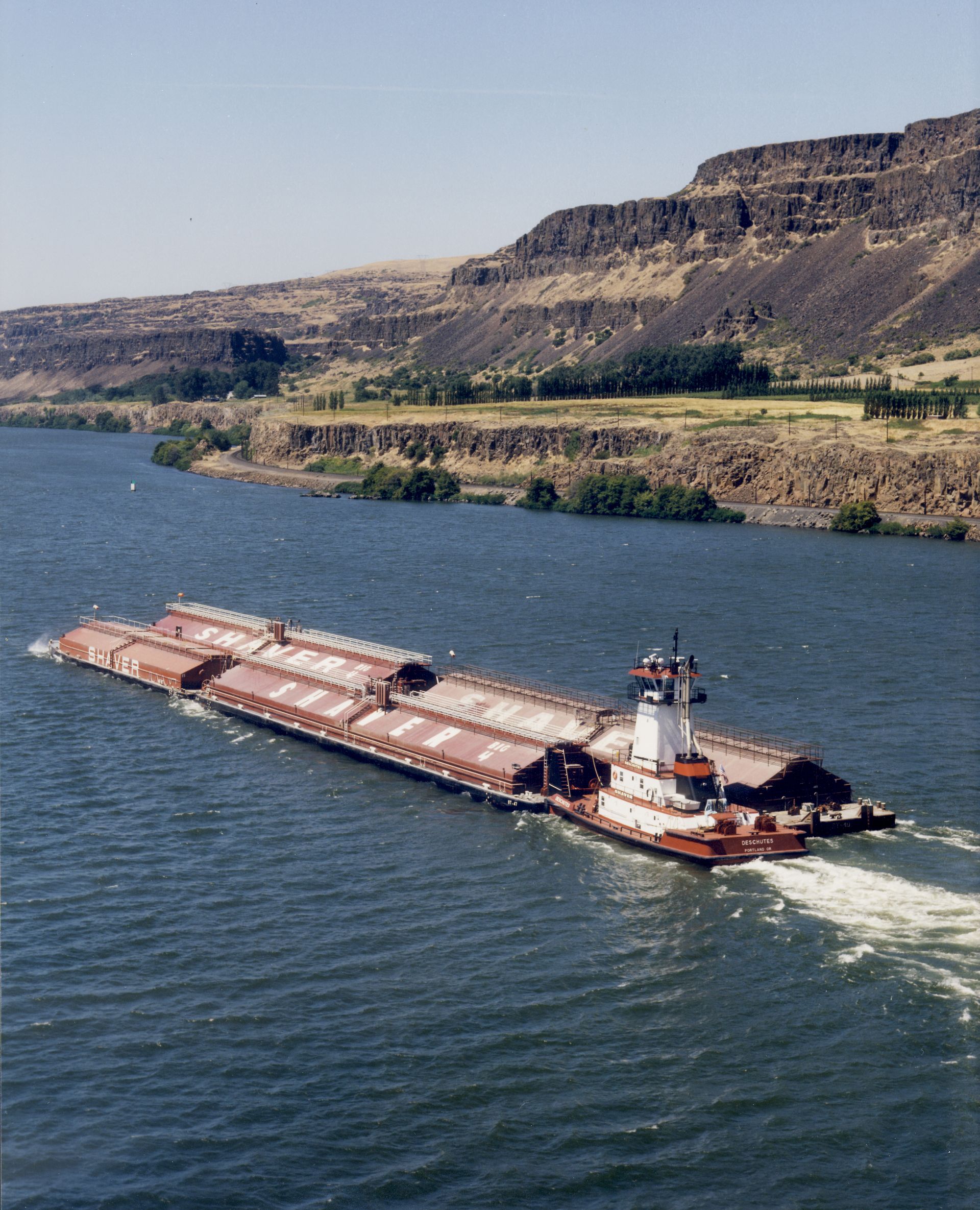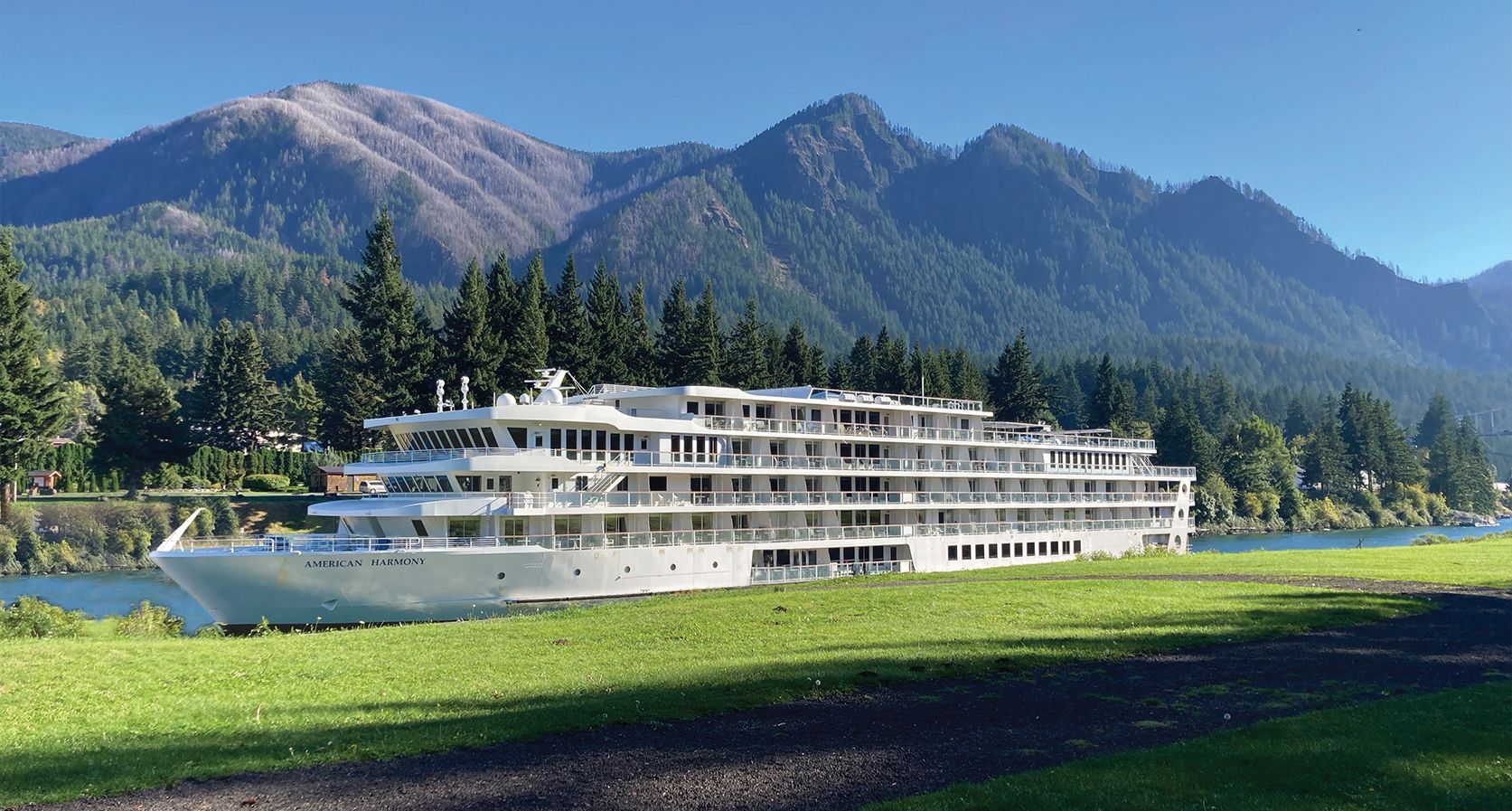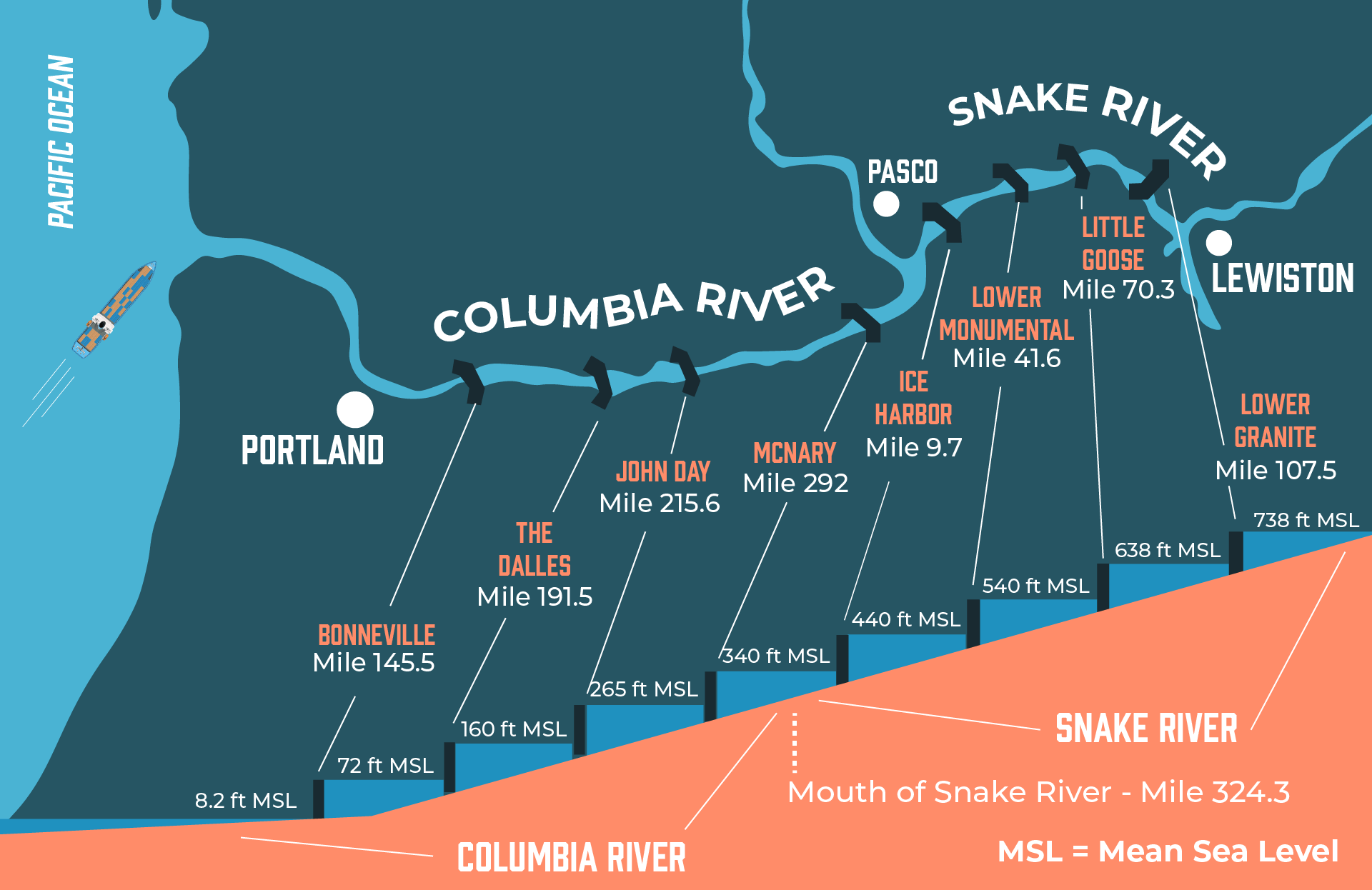Hear from Columbia Basin farmer Blaine Meek
The Columbia Basin boasts some of the nation’s most productive farmland, owed to its fertile soil, favorable climate, and abundant water from the Snake and Columbia rivers. This unique combination makes The Columbia Basin’s irrigated farmland up-to twice as productive as other regions in the country.
“Water comes and goes, but it’s reliable here.”
Blaine Meek, a farmer in the Columbia Basin, can attest to this productivity. His farm is part of the productive 50,000 acres of irrigated land located behind Ice Harbor Dam on the Snake River. Having grown up in southern Idaho, Meek understands firsthand the importance of the Columbia Snake River System's unique agricultural capabilities. “As I came here and started farming, you start to learn about the reliability the infrastructure provides,” Meek explains. “Water comes and goes, but it’s reliable here.”
The irrigation made possible by the Columbia Snake River System has been transformative for the Columbia Basin. Prior to the dams being built, the area bore little resemblance to today’s thriving landscape. “One of my farm managers grew up on my farm and he remembers when there were no dams,” Meek shares. “After the dams were built, it changed from a small dryland wheat-growing area to the incredible production of irrigated farmland today.”
“After the dams were built, it changed from a small dryland wheat-growing area to the incredible production of irrigated farmland today.”
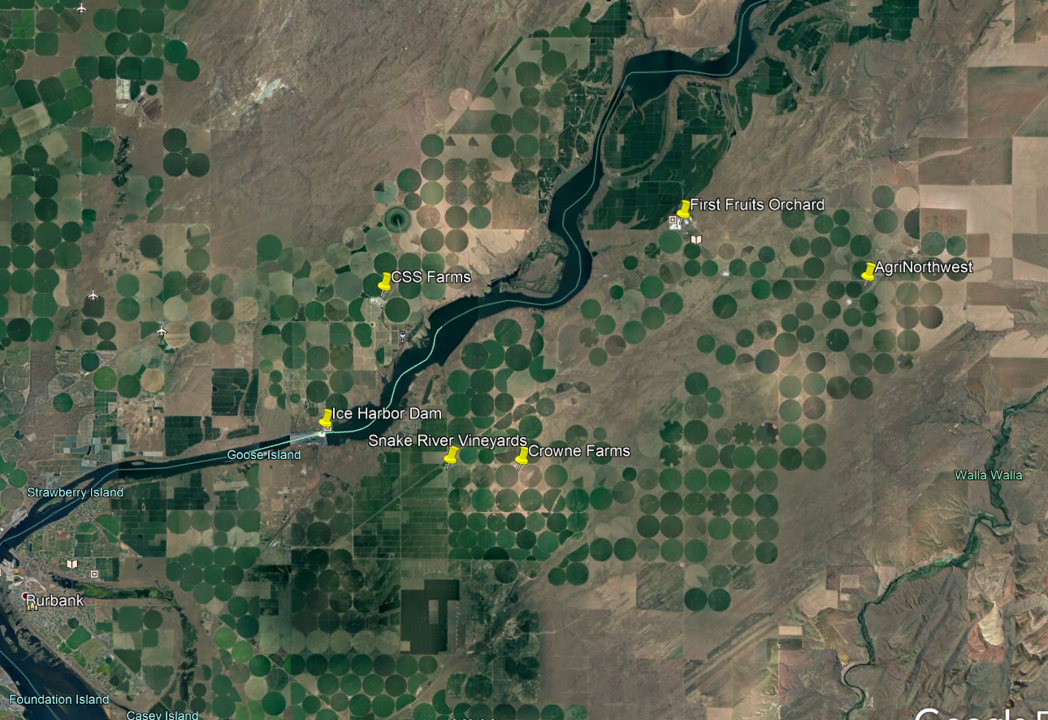
Now, within these 50,000 acres of irrigated land, there are enough apples grown to feed 18.5 million people annually, sweet corn that can sustain 19 million people, and enough potatoes to feed 6.5 million.
Dams play a vital role in the productivity of the Columbia Basin, and breaching these dams would have devastating consequences on the regions’ agriculture, economy, and communities.
Dam removal would impact 7,600 farms in Washington, Oregon, and Idaho that depend upon the Snake River for irrigation.
The true consequences of dam removal cannot be understated—it would have profound and widespread effects on our region’s communities and economy. Farms irrigated by the Snake River generate $2 billion in annual sales and represent 15% of the regional workforce. The loss of irrigation would likely bankrupt many of these farms, resulting in employment and wage loss for thousands of families.
From feeding families to providing jobs, these dams are crucial. As Meek puts it, “I like to link it to the people, economically and demographically. I employ 50 people year-round. If you consider the 50,000 acres, it’s 3,000 families that are employed on these irrigated farms.” The Columbia Snake River System not only provides irrigation and energy but serves as the cornerstone of an expansive economic and agricultural ecosystem that uplifts local lives and sustains millions globally.
Share your river value
We all benefit from the federal system of dams and locks on the Columbia Snake River System. Whether you appreciate clean and reliable electricity, irrigation for farms, or affordable and fuel-efficient shipping, the Columbia Snake River System connects the Pacific Northwest to the world and keeps our region strong and balanced.
We’re looking for personal stories to share from our community about how the River System supports your life. If you’re a resident, worker or business owner who appreciates the public goods created and supported by the Columbia Snake River system, we want to share your story!
